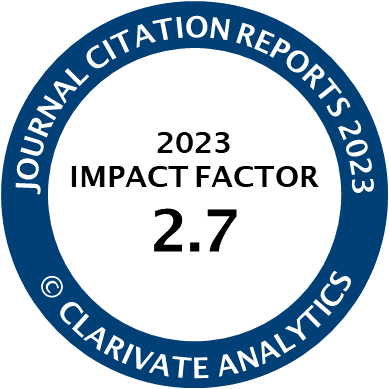Article | Open Access
“Don’t Fauci My Florida:” Anti-Fauci Memes as Digital Anti-Intellectualism
| Views: | 3700 | | | Downloads: | 2785 |
Abstract: In his prescient book Achieving Our Country, Richard Rorty predicts the rise of a Trump-like strongman built on attacking, among other public figures, “postmodern professors” (1998, p. 90). This speaks to the importance of anti-intellectualism to the populist movement in the US today. Always present in populist appeals, like McCarthy’s placement of “educated elites at the center of his communist conspiracy” (Peck, 2019, p. 129), this approach “seeks to undermine public discourse by attacking and devaluing education, expertise, and language” (Stanley, 2020, p. 36). The result of these attacks is a return to tribalism and power, key facets of populist rhetoric and strategies. With the Covid-19 pandemic dominating the US public discourse since 2020, the populist conservative movement has trained their anti-intellectual rhetoric towards a singular figure: Dr. Anthony Fauci. An anti-fandom community was thus born built around attacking and mocking Fauci, taking place within the larger populist movement. While this anti-Fauci rhetoric takes many forms, one of the most dominant is that of memes. Through an analysis of both formal (DeSantis merchandise and political cartoons) and informal (actual grassroots) anti-Fauci memes, I argue online communities have used anti-Fauci memes as a form of anti-fandom community building utilizing and bolstering anti-intellectual, populist rhetoric due to their ease of transmission, mutability, and personification of intellectualism on a singular figure. In this way, being “anti-Fauci” allows the populist argument to seem like a personal grievance rather than a focused attack on academic thought itself.
Keywords: Anthony Fauci; anti-fandom; anti-intellectualism; memes; online communities; populism
Published:
© Andrew Zolides. This is an open access article distributed under the terms of the Creative Commons Attribution 4.0 license (http://creativecommons.org/licenses/by/4.0), which permits any use, distribution, and reproduction of the work without further permission provided the original author(s) and source are credited.




